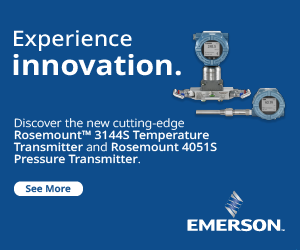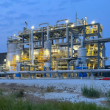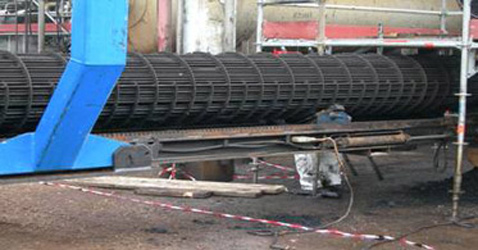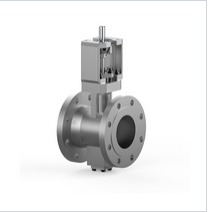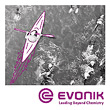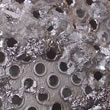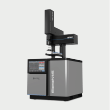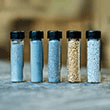Oct-2013
Towards a zero gasoline production refinery: part 2
Refinery configurations can suit various processing objectives, such as variations to the propylene-to-ethylene ratio and production of middle distillates and aromatics
BLASIS STAMATERIS, Foster Wheeler UK
DAN GILLIS, Foster Wheeler USA
Viewed : 9066
Article Summary
The objective of this article is to present alternative refinery configurations that are able to process relatively heavy crudes, producing middle distillates, petrochemicals and aromatics, without producing any gasoline at all. By relying on well-proven refining process technologies, the configurations could be adapted to an existing fluidised catalytic cracker (FCC)-based refinery or used in a grassroots project. The article illustrates options for integrating products from the steam cracker, aromatics complex and FCC unit while rationalising investments.
Part 1 (PTQ, Q3 2013) presented ways of upgrading streams produced in refineries that have traditionally been oriented towards the production of transportation fuels to petrochemicals. These solutions may offer more attractive returns and allow for diversification of a refinery’s product slate. The possibilities offered by the streams from the FCC unit in terms of propylene production and aromatics production were also illustrated.
The benefits of refinery and petrochemical integration were highlighted, in particular, diversifying the product slate while optimising capital costs, operating costs and resources through fully integrated production and shared infrastructure for utilities supply and offsites.
This second part outlines the impact of these processes on the product slate of the integrated refinery/petrochemical complex for different configurations.
Refinery configurations
A wide range of refinery configurations for the production of petrochemicals, aromatics and transportation fuels has been studied. Example material balances, developed with a linear programming model, are presented to illustrate ways to vary the product slate (C3=/C2= ratio, aromatics, middle distillates) and to demonstrate the effect of C4s processing on the production of propylene while optimising capital investment.
The basis for the cases presented here are:
• Crude processing: 15 million t/y, about 300 000 b/d
• Middle Eastern-type crudes of around 28 API; capacities of process units and/or product slates can be adjusted to process heavier crudes (17-22 API)
Complex configuration with ARDS + RFCC
This configuration is typically used for maximising gasoline and, more recently, propylene yields from atmospheric residues. For heavy sour residues, such as those being considered in this study, pretreating the residue fluidised catalytic cracker (RFCC) feed in an atmospheric residue desulphurisation (ARDS) unit is required to maximise conversion to the desired products.
Figure 1 shows the schematic of a refinery configuration, where an ARDS unit is followed by the RFCC unit.
The key feedstock properties that impact the performance of an RFCC unit are:
• Conradson carbon residue (CCR): CCR is the main feed quality indicator that affects the heat balance of the reaction section, in particular the regenerator temperature, which can also affect the performance of the catalyst (high temperatures produce catalyst sintering with a negative impact on yield pattern). The higher the CCR content, the higher the coke make and the higher the regenerator temperature. For residues with a CCR content under 8 wt%, the RFCC unit could be equipped with catalyst coolers to control the regenerator temperature
• Metals (mainly nickel and vanadium): these metals, especially vanadium, reduce catalyst activity. Additionally, nickel will non-selectively crack the feed to undesirable light fractions. The higher the metals content in the feed, the higher the catalyst make-up to maintain the high MAT activity required to maximise the propylene yield. (Note: Micro Activity Test (MAT), defined by ASTM Procedure D-3907, is widely used to determine the relative activity and selectivity of FCC catalysts for conversion of a standard feedstock.)
• Hydrogen content: This affects the RFCC feed’s conversion and yield selectivity, in particular the propylene yield. The higher the hydrogen content, the higher the propylene yield.
For the types of crude oil that have been considered here, the typical CCR content of atmospheric residues is about 12-14 wt%, and metals are 80-90 wtppm. Thus, pretreatment of the feed is required.
The ARDS unit is a specially designed hydrotreater that pretreats the feed to the RFCC unit to reduce contaminants including sulphur, nitrogen, organometallic metals and CCR. Additionally, it increases the hydrogen content of the atmospheric residue, thus improving the crackability and selectivity of the residue. For a typical ARDS HDS rate of 90%, the CCR reduction is about 65-70% and the metals reduction (HDM rate) is about 85-90 wt%. The HDT RFCC feed will then have a CCR content of less than 6 wt% and metals content of less than 10 wtppm.
Due to the feed rate, nature of the feed, and processing objectives, a relatively high pressure and low space velocity design is required compared to other hydroprocessing technologies. Even so, the cycle length of the ARDS unit is typically only one year. For the case evaluated and ARDS operating objectives, at least two reactor trains, each with three to five very large and thick-walled reactors, will be required. Consequently, both the initial investment and on-going catalyst replacement cost will be much higher than for most hydroprocessing units.
The other key features of this configuration to maximise the production of petrochemicals are:
• Process straight-run light naphtha along with light catalytic naphtha (LCN) in the steam cracker
• Process heavy straight-run naphtha in a catalytic reforming unit (CRU) to produce reformate
• Process heavy catalytic naphtha (HCN), pygas and reformate through the aromatics complex to produce paraxylene and benzene
• The C4s with relatively high olefins content are either sold or recycled to the second riser of the FCC (directly or through oligomerisation) to maximise propylene production
• Products from the RFCC unit and steam cracker are combined in a single light ends recovery section to produce ethylene and propylene, minimising the capital investment
• Hydrogen from the CRU and steam cracker is supplemented by further hydrogen production from steam reforming to be used in the hydrotreaters.
Add your rating:
Current Rating: 4




